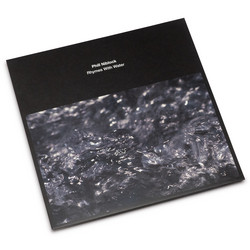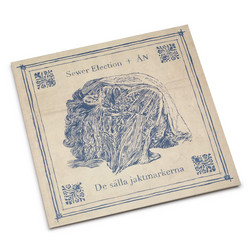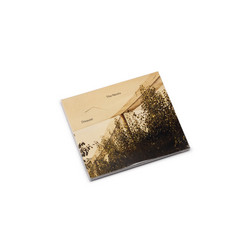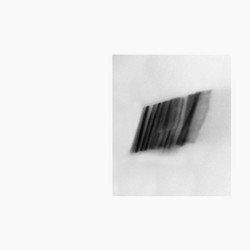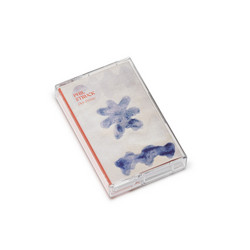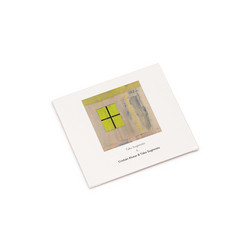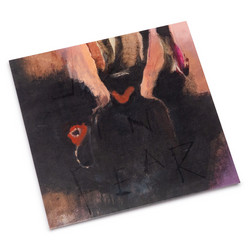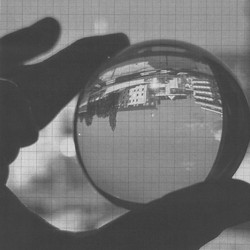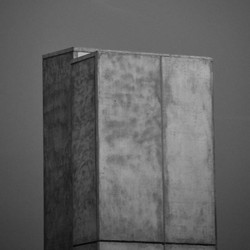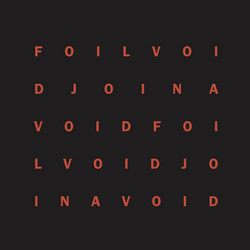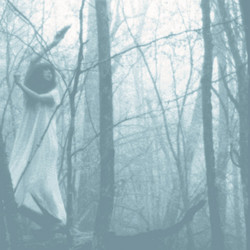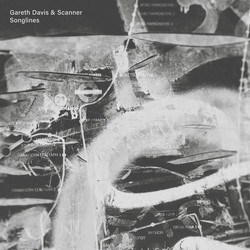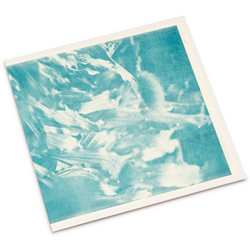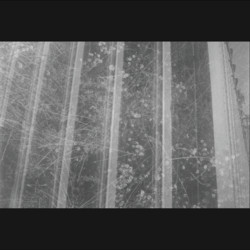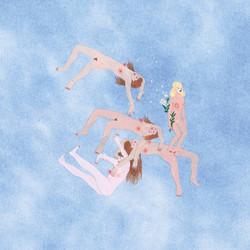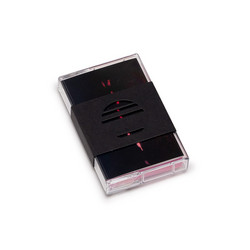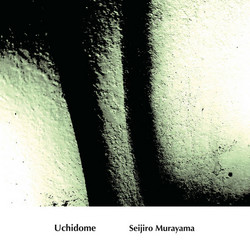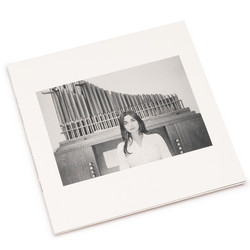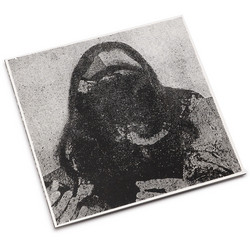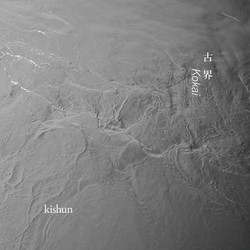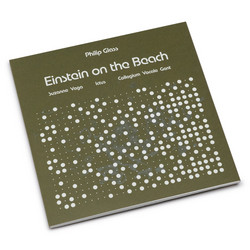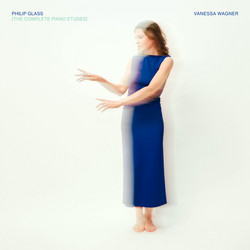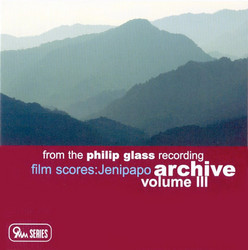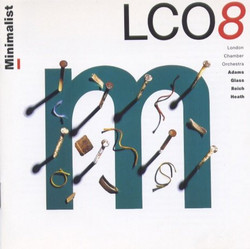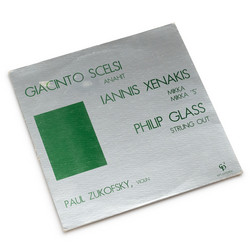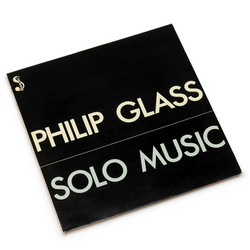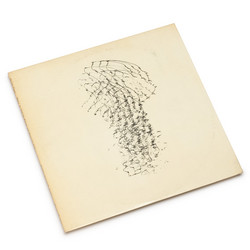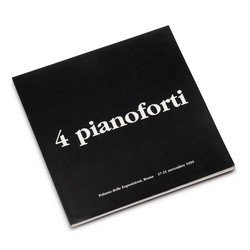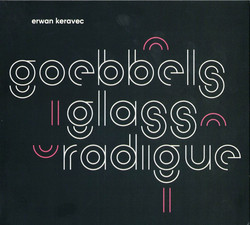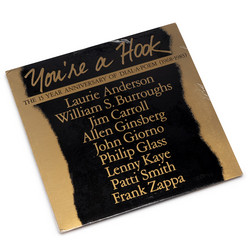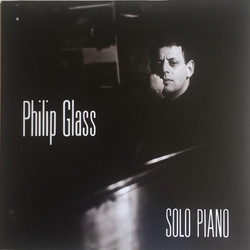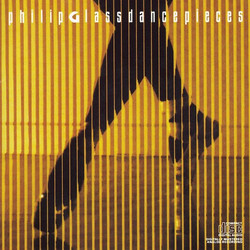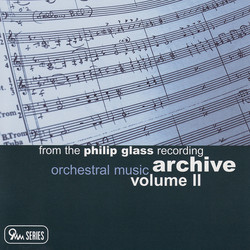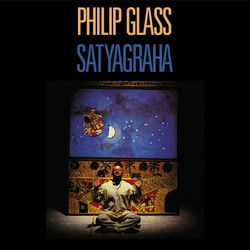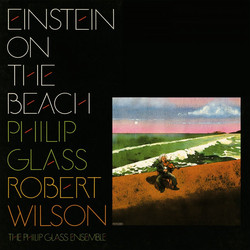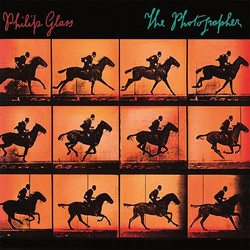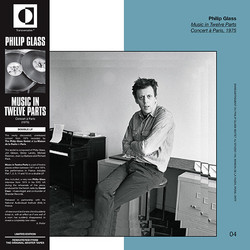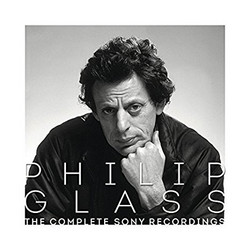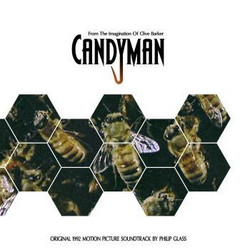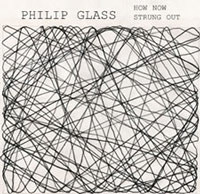Philip Glass
Music With Changing Parts (2LP)
** condition: NM/EX (light ring wear on front and back cover) ** "Music With Changing Parts" is constructed with the techniques Glass had developed in earlier works such as "Music In Fifths", "Contrary Motion" and "Music In similar Motion”. It is about as close as Glass would ever come to two very different styles of music: modern jazz and New Age. "Music With Changing Parts" evolves from the same source as the improvisation: Glass's discovery, during a 1969 run-through of "Music In Similar Motion", that sustained overtones and undertones were following the patterns played by the ensemble like an aural shadow. "In those days, we'd play in the center of a hall, with our speakers placed in the four corners of the room", Glass recalled in 1993. "And during one rehearsal we noticed sustained sounds emerging from the repeated beats of the music. I stopped and asked who was singing. and nobody was singing; it was just a psycho-acoustical effect of the music". And so, in his next piece, "Music With Changing Parts", Glass decided to augment what was already occurring naturally. Toward the end of this new composition, he added in long tones, allotted to wind instruments and voices, held for the length of a breath, to support the notes that emerged from the keyboard patterns, with the rule that a player could reinforce any tone emerging from the whirl.
Glass and the ensemble took "Music With Changing Parts" on tour throughout the United States and Europe in the early '70s; one English audience included David Bowie and Brian Eno, who heard Glass's music for the first time that night (and would collaborate with him some two decades later on the Low Symphony). A use of drones and repetition similar to that found in "Music With Changing Parts" would manifest itself in Eno's work as early as 1973, with the release of the first Fripp/Eno album, "No Pussyfooting" and, thus reconstituted, would have a tremendous influence on much popular music of the '70s and '80s.
Philip Glass: electric organ, alto flute. Barbara Benary: electric violin, voice. Steve Chambers: electric organ. Jon Gibson: electric organ, soprano saxophone, flute, voice. Dickie Landry: soprano saxophone, tenor saxophone, piccolo, flute, voice. Kurt Munkacsi: engineer, electronics. Arthur Murphy: electric piano. Robert Prado: trumpet, flute, voice. From the Chatham Square Productions recording. Produced by Philip Glass and Klaus Kertess. Recorded 1971 at Martinson Hall of the Public Theatre, NYC by Butterfly Productions,Inc. Engineers: Bob Fries and Kurt Munkacsi.

